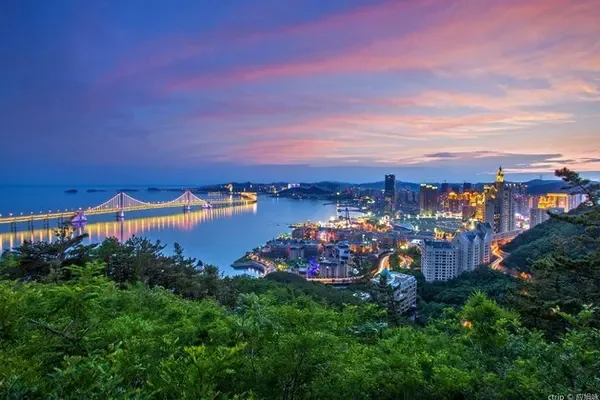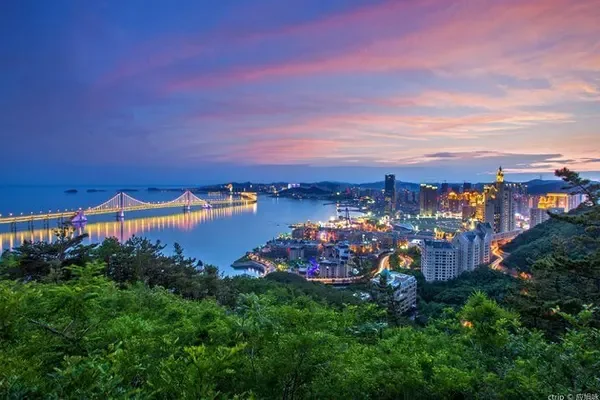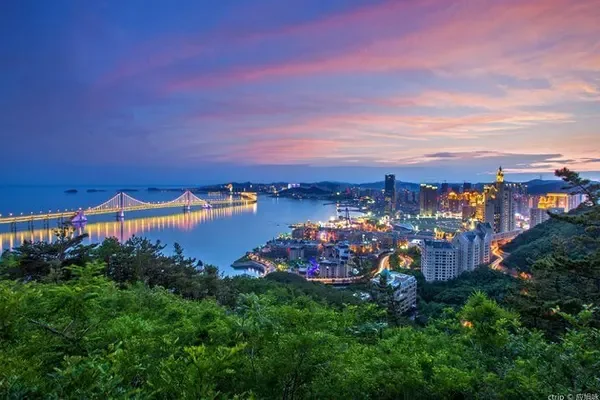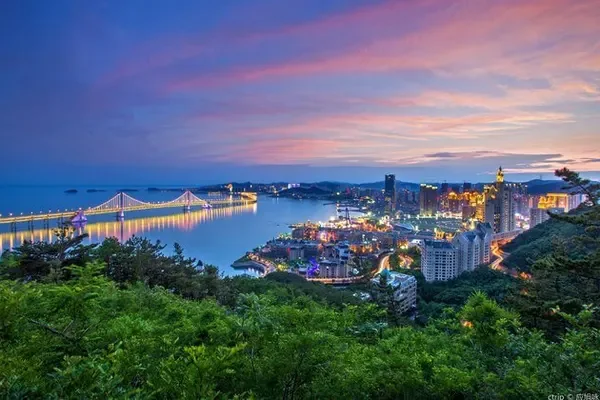
Self-driving tour in Qamdo, Tibet. In the first nine days, we visited the four counties of Chaya, Gongjue, Jiangda, and Mangkang, and then returned to Karuo District to rest for two days, and then continued to Bianba, Luolong, Dingqing, Leiwuqi After visiting for 10 days, we returned to Karuo District to rest on the 20th day. On the 22nd day, we set off again and went to Basu and Zuogong, the last two counties in the ten counties and one district of Qamdo.


On the 22nd day, we set off from Karuo District and visited Xiangdui Ancient Town, Renda Temple Stone Carvings, Jiaoke Temple and other scenic spots on the way to Basu. ), and stayed in Basu County at night. On the 23rd day, we finally came to Basu County and started our trip to Basu County.


Basu Temple
On this day, we are actually on the way. The most important scenic spots in Basu are along the famous 318 Sichuan-Tibet line. For example, Ranwu Lake and Laigu Glacier are the most essential parts. From Chaya to Basu, we The first scenic spot I came to was Basu Temple. Basu Temple was not located in Basu County, but in Tongka Township of Basu. However, this Tongka Township used to be the seat of Basu County, so Basu Temple is located in this place. understandable.


It is understood that the full name of Basu Temple is Xunnuba Snow Sangzhu Forest, also known as Sangzhu Deqin Forest or Tongka Temple. It is located in Tongka Town, Basu County, Qamdo Prefecture, about 250 kilometers away from Basu County. It was built in the ninth year of Chenghua in the Ming Dynasty (1473), and has a history of more than 700 years. It is the temple to which the Gongde Forest belongs to the four major forests in Lhasa, and it is also one of the larger temples in Qamdo.


Although Basu Temple is an ancient temple with more than 700 years of history, it is not a traditional tourist attraction. Usually, few tourists come here, and there are few foreigners in Tongka Township next to it. It basically maintains the original taste of Tibet. The characteristics of the township, I personally think it is worth visiting, there is a large pyramid-shaped white pagoda in the center of the township, which is also an auxiliary building of Basu Temple and a local landmark.


Rencuo Lake
Leaving Basu Temple, we came to Rencuo Lake not far away. Although the lake is far less famous than Ranwu Lake, it is also beautiful. The terrain here is open, the environment is quiet, and the grassland is rich. It is a good natural pasture. Since the lake water comes from snow-capped mountains and ice peaks, the water source is sufficient. When we arrived, the lake surface was frozen.


Rencuo Lake is located in Guoqing Township, Basu County, not far from Basu Temple in Tongka Township. It only takes more than half an hour to drive there. The lake is surrounded by open terrain and quiet environment. It is a famous local natural pasture.


Rencuo Lake is a typical plateau lake, surrounded by snow-capped mountains. The lake water is formed by the fusion of snow-capped mountains and glaciers. It is extremely clear. The altitude here is 4,500 meters, which is actually higher than that of Changbai Mountain Tianchi and Tianshan Tianchi. It is not an exaggeration to be a Tianchi.


On the edge of Rencuo Lake is a large grassland wetland with flocks of cattle and sheep, surrounded by snow-capped mountains, lakes, and rivers. From a distance, it is as beautiful as a picture scroll. Although it is not a scenic spot in the traditional sense, I personally think it is better than many scenic spots. Beauty, if you have been to Basu, don't miss this lake.


Nu River Seventy-two Turns
Leaving Rencuo Lake, we continued to go south along National Highway 214 until Bangda Town and changed to the famous National Highway 318. In the evening, after we crossed Yela Mountain at an altitude of 4618 meters, we came to the famous Panshan Highway on the Sichuan-Tibet Line ——Nujiang 72 turns.


The 72nd turn is not a scenic spot, but a section of dangerous road on the 318 National Highway. The slope is steep and the road is dangerous here. According to statistics, there are actually more than 130 bends. In a short distance, it is necessary to descend from the 4,618-meter Yela Mountain Pass to the Nujiang Canyon. , leading to more dark ice on the road surface, which is easy to slip, so everyone should be careful when walking this section of the road.

Although the 72nd turn is difficult to walk, the officers and soldiers who built this road are even more remarkable. There are many road signs along the way, and many of them say that they are not afraid of difficulties and obstacles, not afraid of bloodshed and sacrifice, protecting the natural moat in Sichuan and Tibet, and training rescue pioneers. Think back to the time when the Eighteenth Army marched into Tibet and opened up the Sichuan-Tibet line, and now the armed police are maintaining and protecting it. How much sacrifice and hardship the people’s soldiers have paid in the snow-covered plateau! Therefore, when we pass by here, we must be in awe and grateful, and pay tribute to those soldiers who have given their lives and efforts to build this heavenly road!



